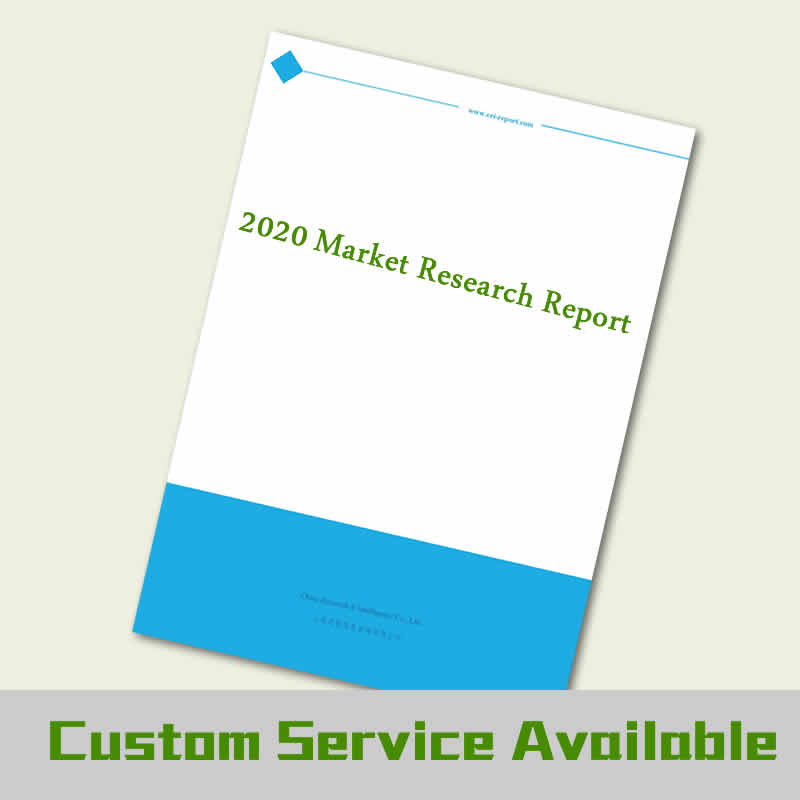Description
With the development of China’s economy, the consumption of paper and paperboards has continued to increase, which has promoted the production. China has become the world’s largest producer of paper and paperboards for many years. In 2017, the production volume of paper and paperboards reached 125.42 million tons with an increase of 3.1% YOY. The CAGR was up to 4.9% from 2007 to 2017.
According to CRI’s analysis, waste pulp is the most important raw material for the papermaking industry and plays a crucial role. The demand for waste pulp in the Chinese market is rising, but the recycling volume and the paper quality cannot meet the needs of the industry. Thus, every year China needs to import large amounts of recycled paper. Now it is the world’s largest importer of recycled paper, with the import volume more than 60% in the global trade.
When importing recycled paper, enterprises must apply for import quotas from the Ministry of Environmental Protection and be allowed to import only after the approval. In 2017, a total of 28.1076 million tons of recycled paper import quota were approved. Due to illegal activities permits of some companies were withdrawn. In 2017, the import volume of recycled paper reached 25.72 million tons, decreasing by 9.8% YOY. The import value amounted to USD 21.22 billion, with an increase of 22.8% YOY. The average price of imported recycled paper in 2017 reached USD 824.9/ton, increasing by 36.1% YOY.
In 2017, China’s largest sources of imported recycled paper were the United States, Europe, Japan and Canada. The import volume is closely related to international trade disputes. In the case of disputes with other countries, China Customs would make more restrictive measures to reduce the import volume.
According to CRI’s analysis, the Chinese government has enforced stricter regulations on the import of recycled paper so as to promote the standardized development of the recycled paper industry chain. From Mar. 1, 2018, Regulations on the Environmental Protection of Imported Recycled paper was implemented, which stipulated that the production capacity of enterprises applying for import permits must reach 50,000 tons/year, and that the impurity rate of recycled paper was adjusted from 1.5% to 0.5%. The import quota for recycled paper officially approved is preferentially given to leading enterprises. For example, the three companies of Nine Dragons Paper Co., Ltd., Lee & Man Paper Manufacturing Limited and Shanying Paper account for more than 50% of the total quota, while some small and medium-sized companies cannot even obtain quotas. With the better quality of imported recycled paper at lower prices, the large-scale papermaking enterprises will grow more competitive and the industrial concentration is expected to increase.
According to the CRI, over 30% of the recycled paper needed by China’s papermaking industry come from the overseas. Affected by the new regulations, the total amount of imported recycled paper in 2018 will be 10% to 20% lower than that in 2017. With the falling import volume and stricter standards, the price of recycled paper in the Chinese market may further increase, hence driving up the price of paper and paperboards.
CRI expects that the paper and paperboard output will continue to increase from 2018 to 2022, and the demand for recycled paper will also rise. Since the domestic recycled paper cannot meet the demand of the papermaking industry, the only solution is to increase the imports. From 2019, the import volume of recycled paper will see a rise.
Topics Covered
Restrictive policies of the Chinese government on imported recycled paper
Analysis on the import quota system
Overview of the papermaking industry and the demand for imported recycled paper
Overview of China’s imported recycled paper from 2013 to 2017
Major Chinese companies of importing recycled paper
Comparison of imported and domestic recycled paper
Price trend of imported recycled paper
Forecast on import volume of recycled paper from 2018 to 2022


